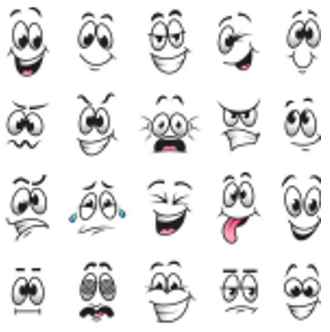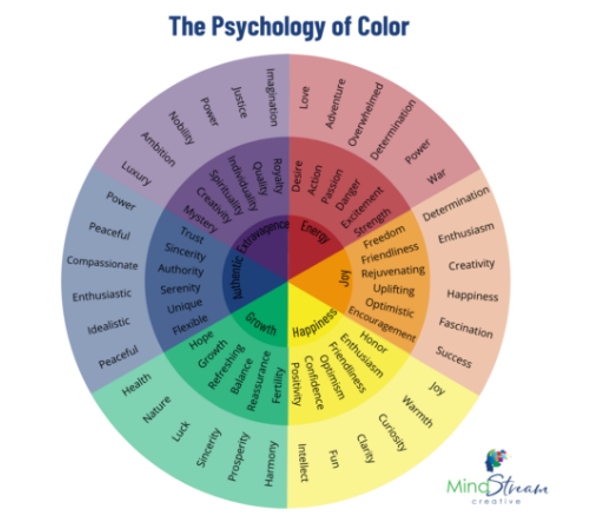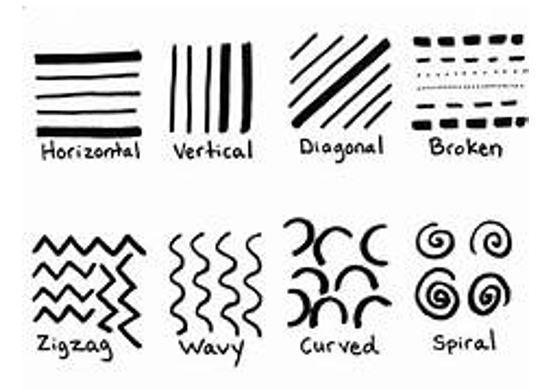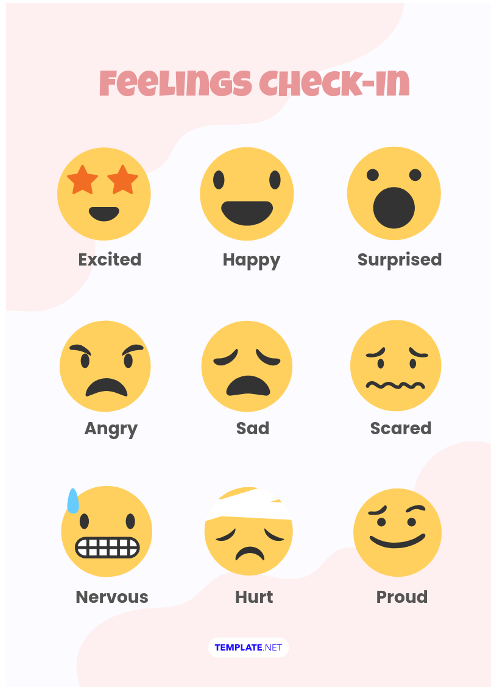MOVEMENT BY CHANCE: EXPLORING DANCE AND DATA PATTERNS 2-3
MOVEMENT BY CHANCE: EXPLORING DANCE AND DATA
Learning Description
Students will explore the concept of chance dance, inspired by Merce Cunningham, while simultaneously developing data interpretation skills. Students will begin by learning about Cunningham’s innovative approach, where movements are determined randomly using dice, coins, or digital tools. Working in small groups, they will create short dance sequences by assigning movements to numbers and rolling dice to determine how many times each movement will be performed. After performing their sequences, students will record data on movement frequency, patterns, and transitions. They will then analyze this data using charts or graphs, discussing trends and drawing conclusions about how randomness influences artistic composition. This lesson merges creative expression with mathematical thinking, encouraging students to see patterns in both dance and data.
Learning Targets
"I Can" Statements
“I Can…”
- I can create a chance dance sequence using randomization.
- I can analyze movement patterns by collecting and interpreting data.
- II can represent choreography in terms of a fraction.
Essential Questions
- How can we use data interpretation to analyze and understand patterns created through chance dance?
Georgia Standards
Curriculum Standards
Grade 2:
2.MDR.5.4 Ask questions and answer them based on gathered information, observations, and appropriate graphical displays to solve problems relevant to everyday life.
Grade 3:
3.NR.4.1 Describe a unit fraction and explain how multiple copies of a unit fraction form a non-unit fraction. Use parts of a whole, parts of a set, points on a number line, distances on a number line and area models.
Arts Standards
ESD.CR.1 Demonstrate an understanding of the choreographic process.
ESD.CR.2 Demonstrate an understanding of dance as a form of communication.
ESD.RE.1 Demonstrate critical and creative thinking in dance
ESD.CN.1 Identify connections between dance and other areas of knowledge.
South Carolina Standards
Curriculum Standards
Grade 2:
2.MDA.9 Collect, organize, and represent data with up to four categories using picture graphs and bar graphs with a single-unit scale.
2.MDA.10 Draw conclusions from t-charts, object graphs, picture graphs, and bar graphs.
Grade 3:
3.MDA.3 Collect, organize, classify, and interpret data with multiple categories and draw a scaled picture graph and a scaled bar graph to represent the data.
Arts Standards
Anchor Standard 1: I can use movement exploration to discover and create artistic ideas and works.
Anchor Standard 2: I can choreograph a dance.
Anchor Standard 3: I can perform movements using the dance elements.
Anchor Standard 5: I can describe, analyze, and evaluate a dance.
Key Vocabulary
Content Vocabulary
- Data - Facts and statistics collected together for reference or analysis
- Analyze - Examine methodically and in detail the constitution or structure of something, especially information, typically for purposes of explanation and interpretation
- Interpret - Explain the meaning of information, words, or actions
- Charts - A sheet of information in the form of a table, graph, or diagram
- Graphs - A diagram showing the relation between variable quantities, typically of two variables, each measured along one of a pair of axes at right angles
- Fraction - A numerical quantity that is not a whole number
Arts Vocabulary
- Merce Cunningham - American modern dancer and choreographer who developed new forms of abstract dance movement
- Chance Dance - Chance dance is a choreography technique that uses chance to determine the order of a sequence of movements. It can also refer to a movement activity where participants create a dance using a random method like rolling dice.
- Choreography - The art of designing and arranging sequences of movements, steps, and gestures to create a dance piece
- Choreographer - The person who designs or creates a dance piece
- Form - How a dance/choreography is structured (put together)
- Level - One of the aspects of movement (there are three basic levels in dance: high, middle, and low)
Materials
- Dice
- Movement cards with sample movements on them
- Merce cunningham video The Six Sides of Merce Cunningham
- Data chart
- Paper
- Pencil/pens/markers
- Music
Instructional Design
Opening/Activating Strategy
- Create a short dance with students using a movement list to select from.
- Example movement list:
- Jump
- Hop
- Clap
- Turn
- Slide
- Change levels
- Change directions
- Explain to the students that a piece of choreography is a collection of data.
- Using the data/choreography, create a chart/graph to represent all the steps in the dance.
- Explore various types of charts/graphs that can be used to display the data/choreography.
- Next, demonstrate how to represent the choreography in terms of a fraction ((i.e. if there were three jumps and a total of nine movements, the fraction would be 3/9 or ⅓).
- Example movement list:
Work Session
- Watch video/discuss who Merce Cunningham is and how he used the concept of chance to create dances.
- Discuss how this concept applies to dancers and choreographers.
- Break class into groups.
- Give each group and set of movement cards (each group's cards should be the same) and one die.
- Tell the students to randomly select a card then roll the die to indicate the number of times that movement will be done.
- Continue until they have used all the cards.
- Have the students create a graph/chart (ex. tally chart. bar graph, line plot) to represent all the data in their choreography.
- Next, have students represent their choreography in terms of fractions.
- Share each group's choreography with the whole class.
Closing Reflection
- Facilitate a discussion around the following questions:
- How was each group's dance different even though each group had the same data to start with?
- How did chance impact the outcome?
Assessments
Formative
- The teacher will assess student learning throughout the lesson by observing students’ ability to use various movements in dance and their ability to use chance to create a unique piece of choreography.
- The teacher will assess students’ understanding of graphs and fractions through student observation.
Summative
- Students’ data chart they create about their choreography
- Create a list of questions to ask about the students about the choreography/data–Example questions:
- How many total movements were in your dance?
- Which movement did you do the most/least in your dance?
- Compare all data charts
- Which group's dance had the most jumps?
- Which group had the most dance moves in their dance?
Differentiation
|
Accelerated:
Remedial:
|
Credits
Ideas contributed by: Melissa Dittmar-Joy
*This integrated lesson provides differentiated ideas and activities for educators that are aligned to a sampling of standards. Standards referenced at the time of publishing may differ based on each state’s adoption of new standards.
Revised and copyright: May 2025 @ ArtsNOW






